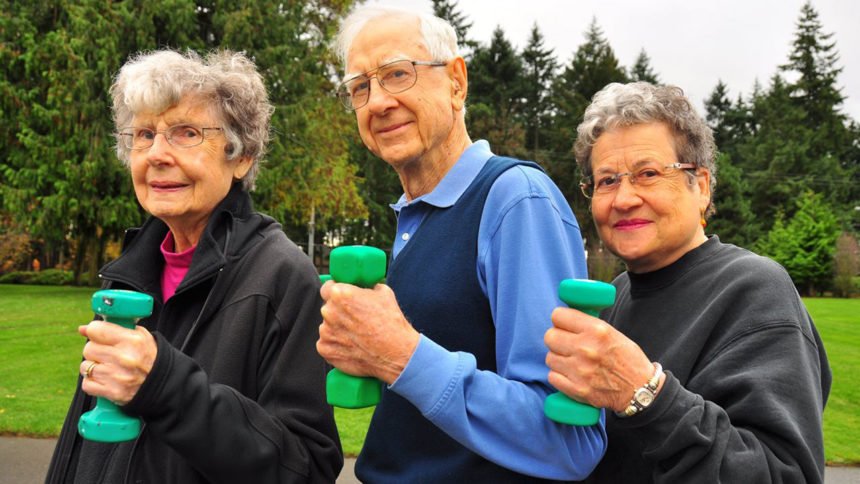6 simple tips to prevent a fall

(BPT) - Overwhelmingly, people say that they want to stay independent and in their own home as they age. One way to ensure they can is to learn about fall risks and make changes to reduce their chances of falling. Because, while one in four older adults falls each year, there are ways to be prepared for the changes of aging in order to prevent falls.
"The misconception is that falls are a normal part of aging, but this is untrue," says Kathleen Cameron, senior director at the National Council on Aging's Center for Healthy Aging. "Just because you're getting older doesn't mean you'll inevitably fall at some point. There are proven ways to prevent falls, so older adults can live healthy, safely and independently."
Every 11 seconds an older adult is seen in an emergency room for a fall-related injury, reports the National Council on Aging. To prevent falls, follow these six simple steps. For additional advice about preventing falls, visit www.ncoa.org/FallsTips.
Step 1: Find a good balance and exercise program
As you age, it's important to maintain balance, strength and flexibility. Contact your local senior center or Area Agency on Aging for information on programs that can help you achieve these goals. Review your options and find one that appeals to you. Better yet, join with a friend to make it more fun and keep each other accountable.
Step 2: Talk to your health care provider
Have an open conversation with your health care provider about your fall concerns. Share your history of falls and ask for an assessment of your risk of falling again so you can come up with a plan proactively.
Step 3: Review medications with the pharmacist
Some medications have side effects that can make it more likely for you to fall. First, always take medications as prescribed. Second, make sure you know the risks and take precautions when necessary.
Step 4: Get vision and hearing checked annually
Your eyes and ears are key for keeping you safely on your feet. Getting your vision and hearing checked each year by a health care professional is important, so you can update vision prescriptions and take any necessary measures to correct hearing loss.
Step 5: Secure your home
To keep your home safe you need to remove any tripping hazards like loose rugs or free cords. You should also increase lighting to improve visibility indoors and outdoors. Pay particular attention to stairs and consider installing grab bars or railings.
Step 6: Talk with family members
Falls affect all demographics and various ages. Talk with family members about your risks and concerns. Enlist their help as needed to secure your home and keep you safe.
"A few simple steps can dramatically reduce your risk for falling no matter your age," says Cameron. "By being proactive, you can live healthy and independently for longer."
Source: Brandpoint Content
